Facing Land and Water Constraints in the Netherlands
The Netherlands is a country where approximately 26% of the land is below sea level and has a total land area of 41,543 square kilometers—about one-ninth the size of Japan. Given these geographical constraints, the country must simultaneously address the transition to renewable energy and water resource management.
To achieve the European Union’s climate goals, the Dutch government aims to generate 70% of its electricity from renewable sources by 2030. However, with a high population density of around 508 people per square kilometer, securing sufficient land for large-scale solar farms remains a challenge.
Geographical and Climatic Features of the Netherlands
As its name suggests, the Netherlands is a low-lying country, historically protected by an extensive system of dikes and canals. Water bodies such as lakes, reservoirs, and canals cover about 18% of the country’s surface area.
Climatically, the Netherlands has a temperate maritime climate influenced by the North Sea, with an annual rainfall of approximately 800–900 mm and 1,500–1,700 hours of sunshine per year. Despite these conditions, solar energy remains a viable renewable energy source. Integrating water management and energy production is a key component of the country’s national strategy.
The Concept and Advantages of Floating Solar Power
Floating Solar Photovoltaics (Floating Solar PV) refers to a system where solar panels are installed on floating structures over water. Compared to land-based solar farms, floating solar has multiple advantages:
- Cooling effect: Water helps keep the solar panels cool, increasing energy efficiency by approximately 5–15% compared to ground-mounted systems.
- Water conservation: Covering water surfaces reduces evaporation, helping conserve valuable water resources.
- Improved water quality: Floating solar panels can suppress excessive algae growth, benefiting aquatic ecosystems.
Efficiency Comparison: Floating vs. Land-Based Solar Power
Water-cooling effect enhances power generation efficiency
Annual Power Generation Efficiency
Water Evaporation Reduction
water surface
solar panels
*Values shown are typical comparative references
Major Floating Solar Projects in the Netherlands
Several floating solar projects are being developed across various Dutch water bodies. Some of the most notable include:
Zuidplas Reservoir (Near Rotterdam)
- Utilizes an existing water treatment reservoir.
- Generates renewable energy while improving water quality.
Oss City, North Brabant
- Located on a former gravel extraction site.
- Features 6,000 solar panels, producing approximately 2 MWh of electricity annually.
Weesperkarspel, Near Amsterdam
- Built on an artificial lake near an industrial zone.
- Generates 1.5 MW of clean energy, contributing to the region’s industrial power supply.
These projects are designed according to regional characteristics, ensuring efficient land and water use.
Technical Innovations and Challenges
Dutch floating solar projects incorporate advanced technologies to withstand harsh weather conditions, including:
- Flexible connection systems that adapt to waves and water movements.
- Optimized panel layouts to reduce wind resistance.
- Corrosion-resistant materials suited for humid environments.
Several Dutch companies specialize in floating solar technologies, providing solutions that meet strict European safety and environmental standards. These innovations make Dutch floating solar systems internationally competitive.
Addressing Dual Challenges: Land Scarcity and Water Management
Floating solar power addresses two critical challenges in the Netherlands:
- Land conservation: Utilizing existing water surfaces eliminates the need for additional land acquisition, preventing conflicts with agriculture and nature reserves.
- Water resource protection: Covering reservoirs reduces water evaporation, which is particularly beneficial in regions prone to summer droughts.
- Cost reduction: Floating solar lowers water management costs by improving water quality and reducing maintenance requirements.
Economic Viability and Sustainability
The Dutch floating solar industry benefits from government subsidies such as the SDE+ renewable energy incentive program. While initial investment costs are higher than land-based solar, floating solar’s higher efficiency and dual-purpose water utilization ensure long-term economic viability.
Many projects involve collaborations with local energy cooperatives and municipalities, reinforcing regional economic contributions. Furthermore, integrating floating solar with water management facilities significantly reduces operational costs.
Future Prospects and Remaining Challenges
Despite its advantages, floating solar still faces challenges:
- Potential damage from strong winds and waves.
- Long-term maintenance costs.
- Ecological impact assessments to balance energy production with aquatic biodiversity preservation.
Looking forward, the Dutch government is exploring hybrid offshore wind and floating solar farms in the North Sea. This initiative aims to utilize calm areas between offshore wind turbines for solar energy generation. Additionally, Dutch expertise in floating solar is being exported to other countries with similar land and water constraints.
Conclusion: A Model for Renewable Energy Integration
The Netherlands’ floating solar projects demonstrate a strategic response to its land and water limitations. By combining renewable energy production with water conservation, the country sets a valuable example for other nations, particularly island nations, coastal regions, and water-scarce countries.
As climate change and land scarcity become global concerns, floating solar power presents a promising solution for sustainable energy generation and resource management. The Netherlands is at the forefront of this innovation, showcasing a practical and scalable model for the future of renewable energy.
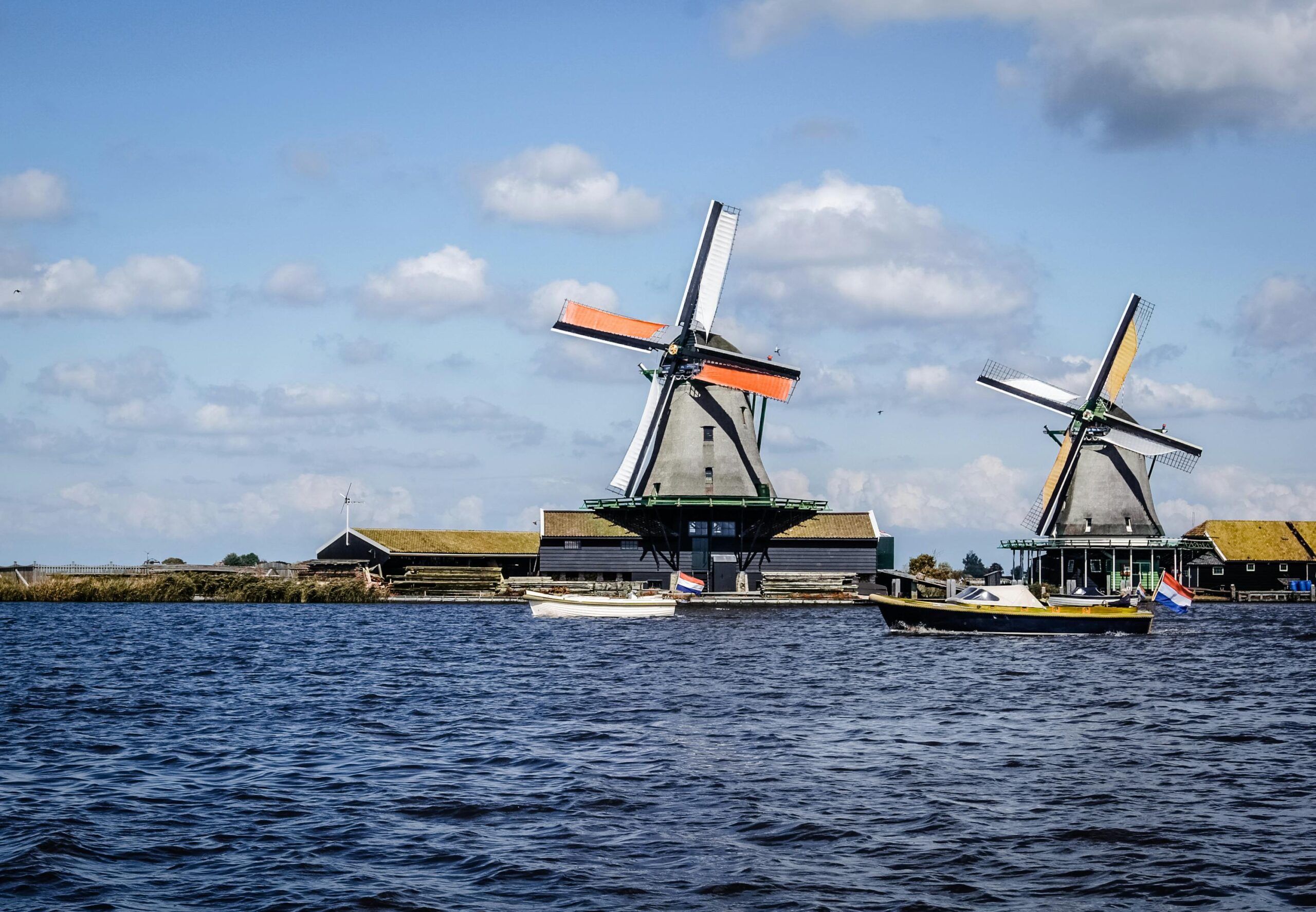


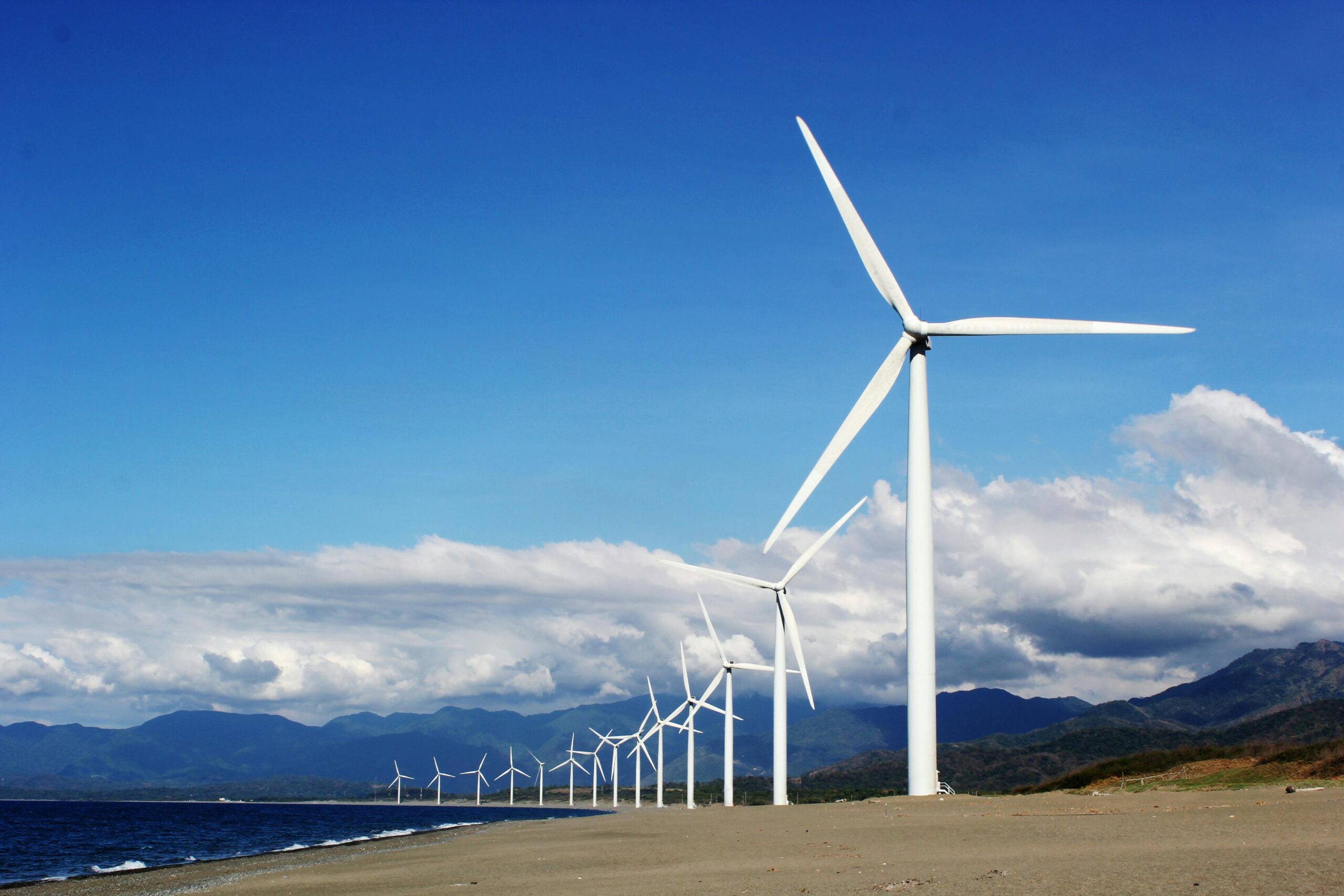
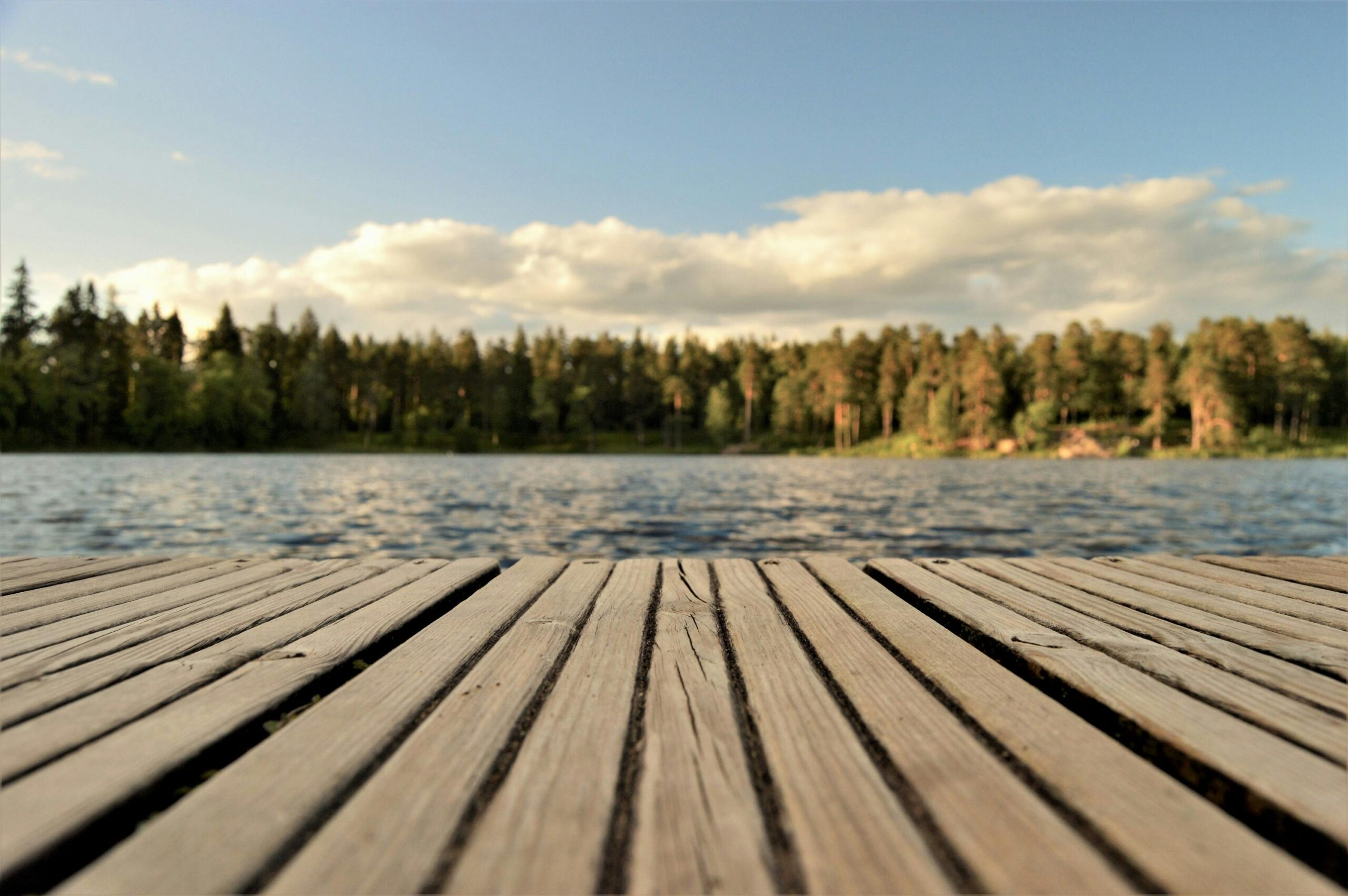

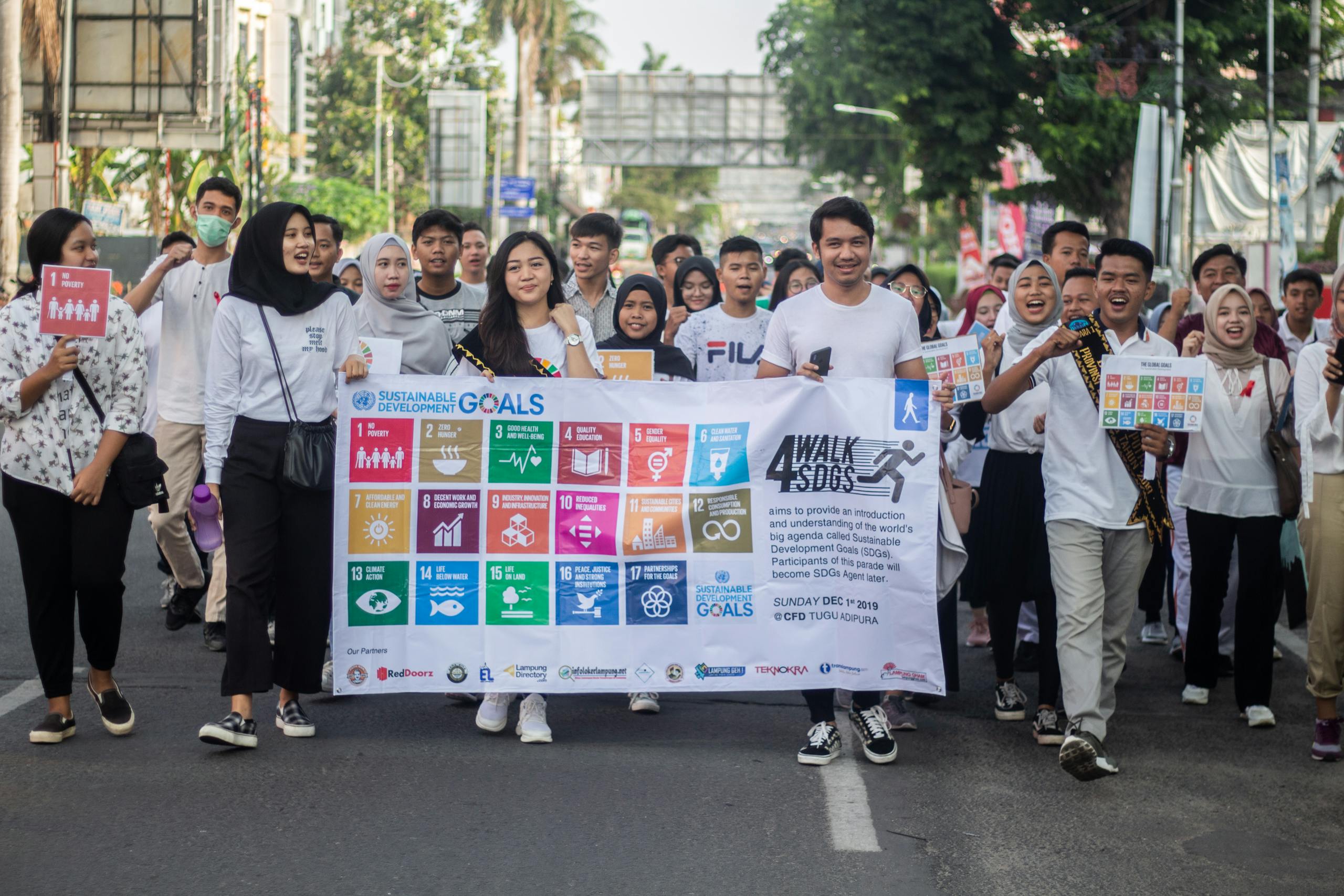



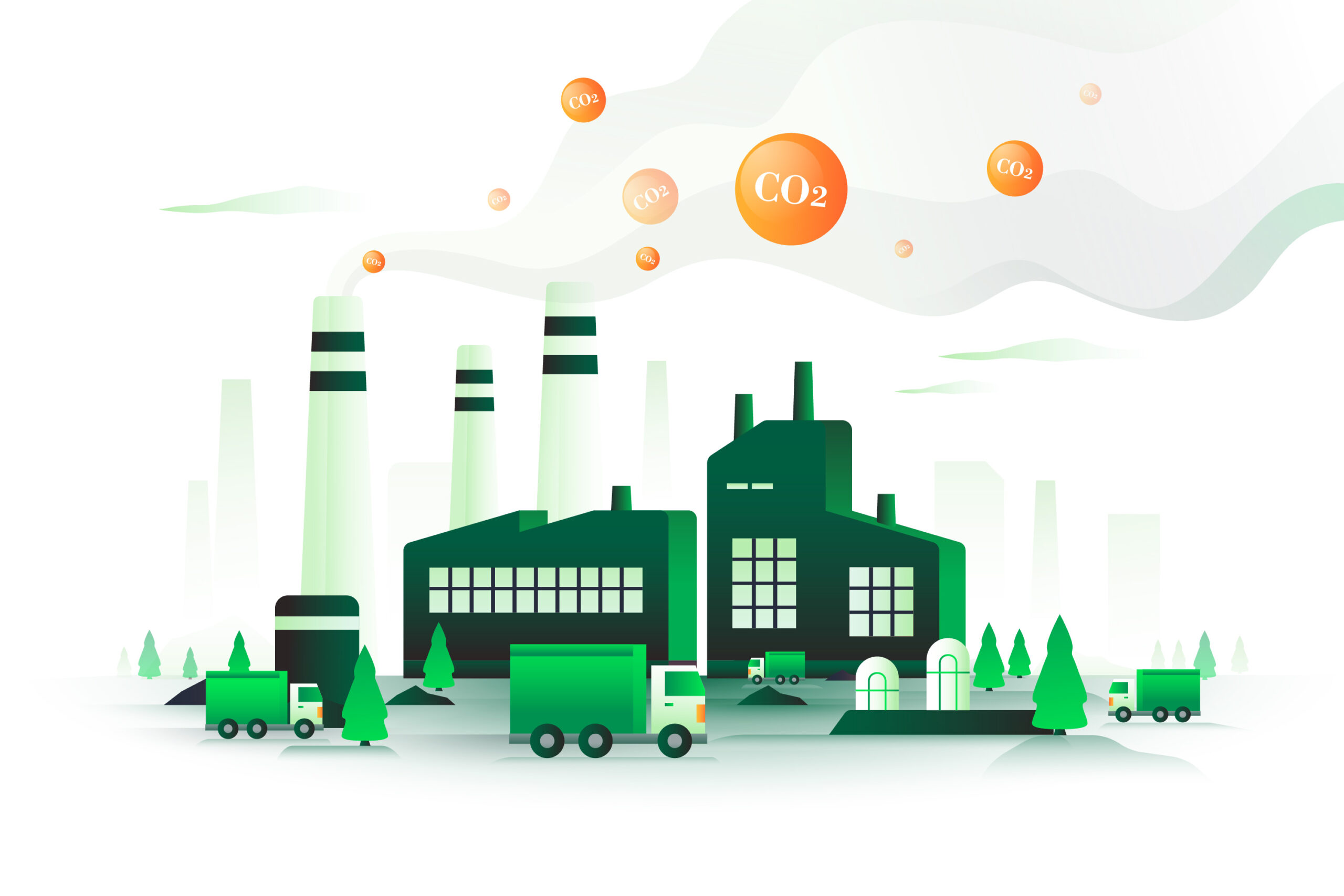
Leave a Reply